When the US Air Force lost one of its B-52 bombers in 2016 to a crash, they needed to find a replacement.
This B-52, nicknamed ‘Wise Guy’ is only the second B-52H ever to be taken from the 309th AMARG for active service. AMARG is often referred to as the ‘Boneyard’ because aircraft sent to the desert environment are normally picked over for parts.
Most B-52s sent there never fly again, said the U.S. Air Force.
With more than 17,000 flight hours in its history and more than a decade baking in the desert, this wasn’t going to be easy however.
“This was a command wide effort, with reservists and active duty offering a great deal of experience,” said Col. Robert Burgess, 307th Operations Group commander and pilot for the flight in a release.
“It took four months to get ready, so it was really a small effort on the aircrew side and a major effort on the maintainer side. The jet had cracks in the rear landing gear and was missing two engines. It also needed all its fuels cells and hoses replaced, as well as its tires.”
Once the maintainers completed the necessary repairs, they ran multiple tests on the engines, landing gear, fuel and egress systems to ensure the jet was flight worthy.
From there, it was all up to the air crew to get the bomber to Barksdale AFB say the U.S Air Force in a release.
“The three-man crew, with more than 10,000 flying hours between them, flew the B-52 low and slow all the way to Louisiana. With the bomber safely at Barksdale AFB, Barnhill had time to reflect on his role in saving ‘Wise Guy’ from becoming a historical footnote.”
The aircraft is expected to be completely restored by early 2021.


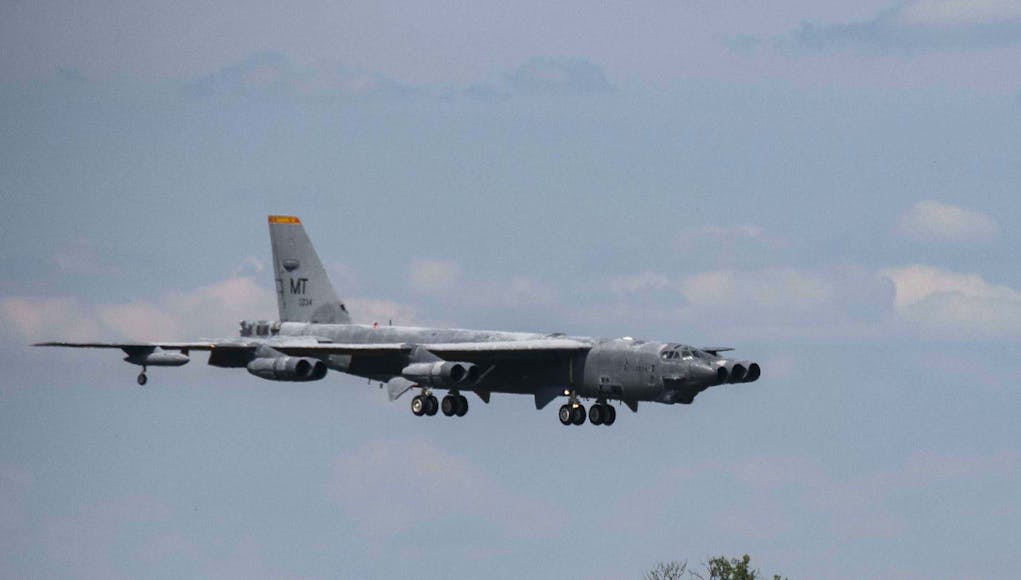




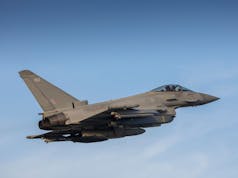

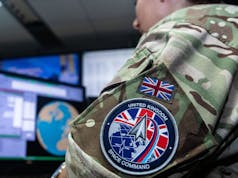
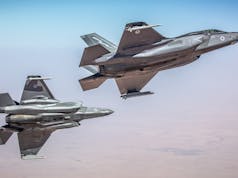
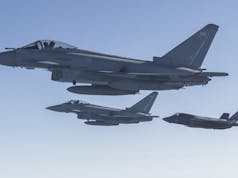


Wish we’d dig some old airframes out to refit as modern heavy bombers. Not sure they’d be of any use to us, but they sure look cool – imagine a modern interpretation of the V Bombers
The Yanks are lucky in that when the aircraft are put in the Boneyard in Arizona, the dry desert air preserves the airframe. Yes, the rubber perishes, but is easily replaceable. Unlike are salt laden climate, we have to put aircraft through preservation regimes.
It’s still an amazing story, that after four months work, an aircraft that had been collecting dust for eleven years, takes off and flies “across country” to be overhauled and then placed back on the flight line.
It is not that simple and this is an often misunderstood subject by those who get dreamy eyed about the V-Bomber force.
The Victor K.2 might have soldiered on for a bit more but the high intensity operations of GW1 pretty much ate up the spares holding and fatigue life. They were getting too costly to operate especially when there were newer and more cost effective types like the VC-10 and Tristar available.
The Vulcan force was very much at the end of their lives when they were retired not helped by a lack of investment when the deterrent shifted to the Royal Navy. What really didn’t help is the shift to low level operations in later their lives which again rapidly ate up fatigue life. The general design of the Vulcan structures were not exactly conducive to using easy methods to extend that fatigue life like replacing the wing spars or replacing metal in general.
The B-52H on the other hand have had a life of decent investment in their maintenance and development. Every few years the USAF completely stip active airframes to bare metal and replaces any corroded structures and ex-ray for any serious fatigue and replace metal if necessary. All the sub systems are refurbished to an as-new condition. The B-52H were also not used in the low level regime operating as high altitude stand off missile carriers for most of their career and only more recently getting into conventional bombing from medium and high altitude. The retired B-52G on the other hand that were used in the low level regime did suffer far greater fatigue issues.
Just sticking a Vulcan in the Desert wouldn’t have got around the lack of investment, obsolete systems and lack of fatigue life. XH558 had a matter of hours left on her fatigue life when she was restored to flight recently which is why she could only operate for a few seasons.
I can’t help thinking we should have assigned the bulk of Tornadoes to such an environment. There must be other facilities in the area, or even the Boneyard itself, where they could have been stored for at least the next ten years, as our bomber reserve? In a national emergency, we will need every active airframe and those in storage and with extant Tornado crews still either the system or freshly retired, we could call on enough personnel for at least a decade? We all know the open storage works as witnessed with this B52.
The B52 fleet is still large and very active in the USAF, lots of expertise and spare parts to get the old girl going again. Different story for the Tornados.
Amazing aircraft to see in flight, however expensive to keep in the air, Would really have to look at the cost vs utility for such an aircraft especially when the US has other options like B21. Its getting a new lease of life as an arsenal plain but a C17/C130 or an unmanned drone could probably fulfill a similar role. However it does look cool.
The B-52 costs less to fly per flight hour than either the B-1 or B-2. Indeed, the B-52 costs $15,000 less per hour then the B-1 and $60,000 less than the B-2. That is why the B-21 will replace the B-1 and B-2 and not the B-52.
If you really think than a C-17, C-130, or a drone could replace the B-52 than I can see why you are not Chief of Staff of the USAF.
It is a platform. Isn’t this the real point. A flexible platform into which various bits of kit are put into it.
As originally built it was not that sophisticated by our standards but it’s been adapted.
How complex to build something straight forward could it be now? The clever stuff is what you put into it and link it to other aircraft that control the air environment.
Frankly the same with ships. No point making them too small. Just make them strong and flexible. Build something 10000 tonnes and keep building them and put stuff in as and when you want.
An amazing story and amazing place.
But for the UK there is no need for such aircraft.
True since the US shoulders the enormous financial burden of keeping a large long range bomber fleet active that includes B-52s, B-1Bs, B-2s not to mention always developing a future bomber. All these bombers are instrumental in conducting offense combat operations as has been proven in the last 50+ years.
They had them to fly to the Soviet Union. Which was why the Soviets expended such huge amounts of effort and money to counter them, as no other nation had a bomber force that threatened them so comprehensively. That has never really changed even though the Cold War ended and they have a triad of Nuclear options.
With the move of the UK deterrent to the RN we have no need for long range bombers.
Though I admit I would love to see the preserved Vulcan back under the care of the RAF.
Full story here and it IS amazing…
https://www.thedrive.com/the-war-zone/28015/a-b-52h-nicknamed-wise-guy-becomes-the-second-to-ever-come-back-from-the-bone-yard
Cheers!
Great link, cheers!
Went to Davis-Monthan Airforce base near Tuscon when I was there for an anti-terrorist exercise with our American Army counterparts. Amazing place, thousands of aircraft of all shapes and sizes and models, all perfectly lined up.
Interesting choice for such an exercise?
I assume one of those aircraft was involved?